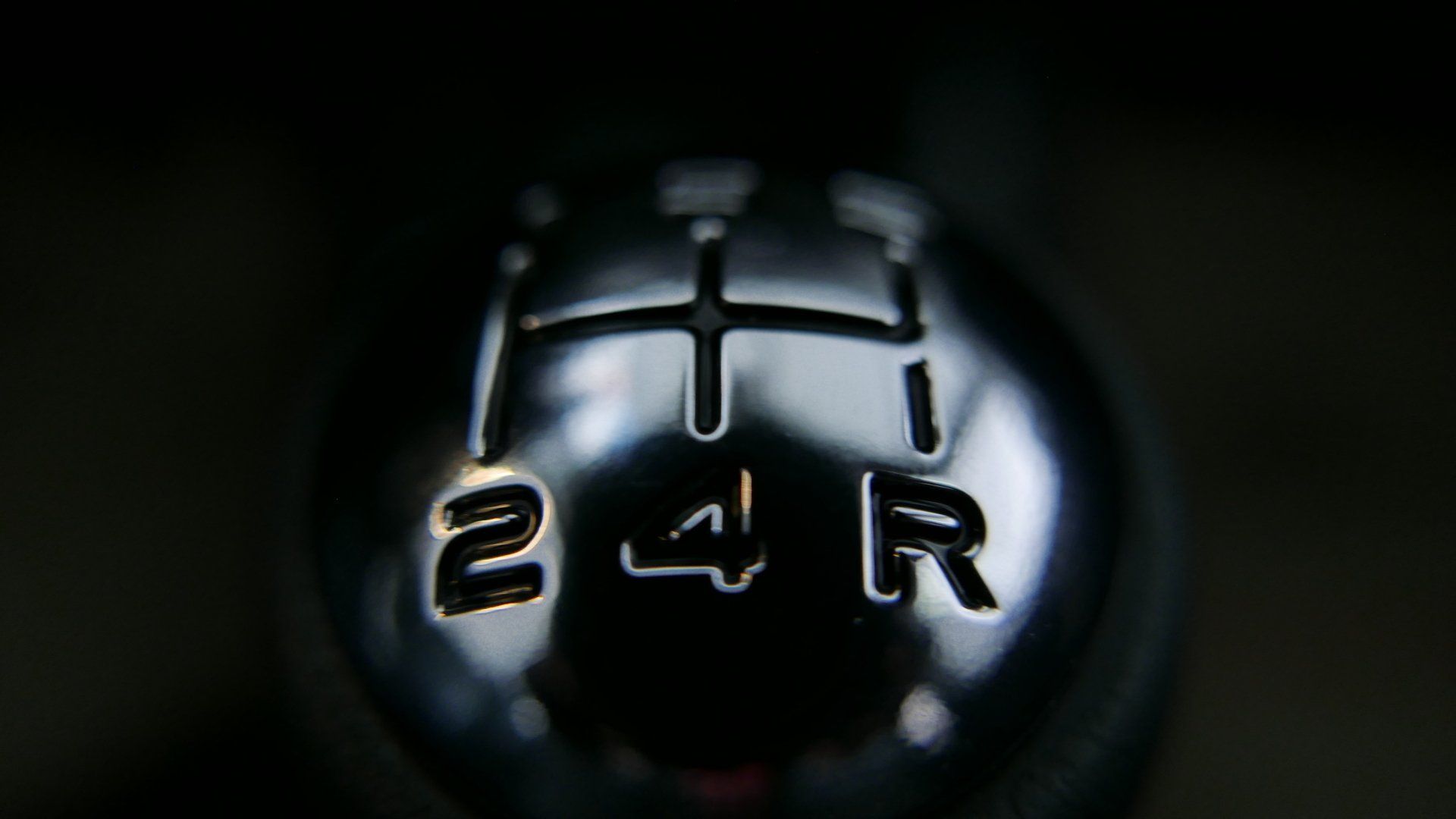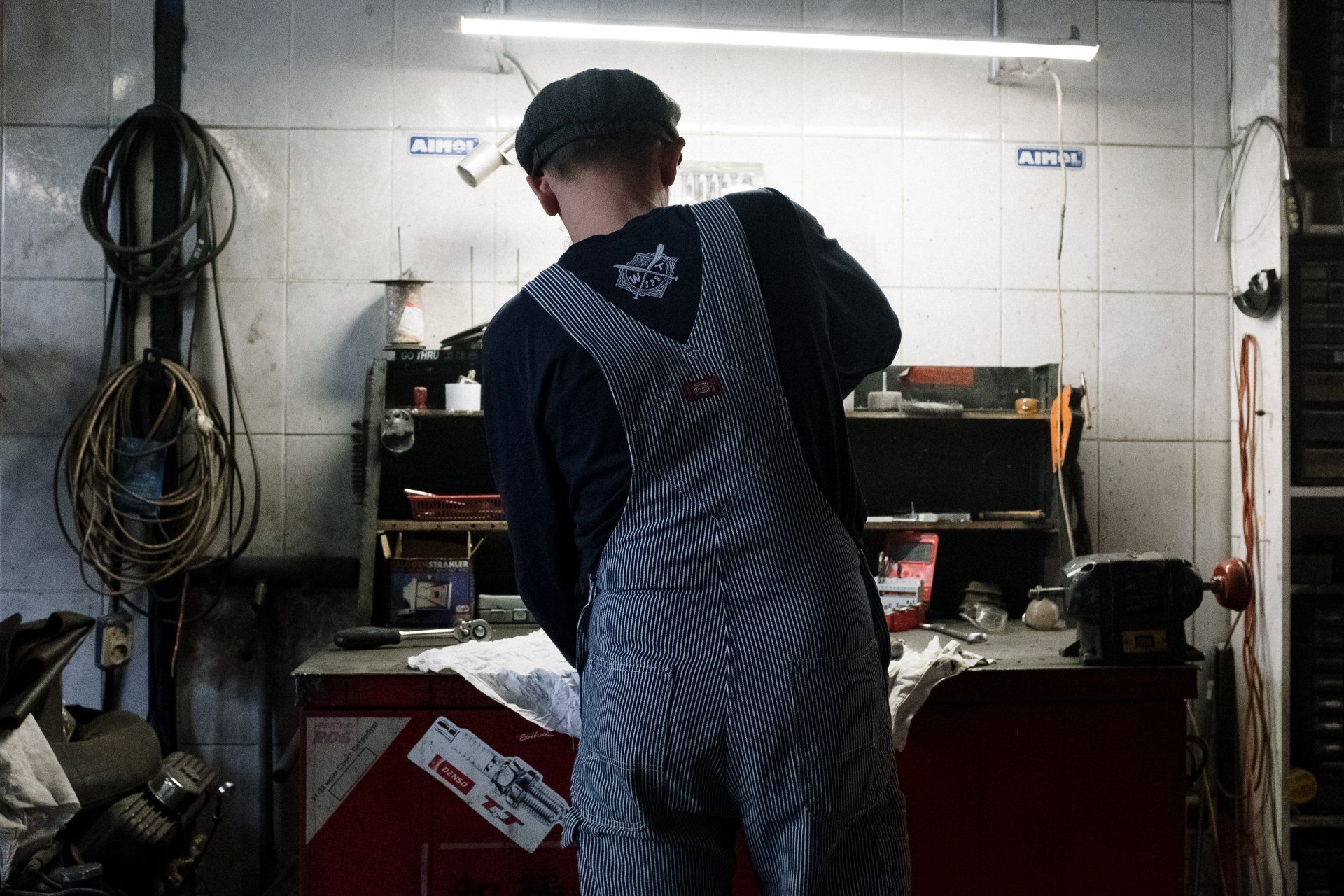What is a CVT (Continuously Variable Transmission)?
CVT Transmission

What is a CVT (Continuously Variable Transmission)?
Different Types of CVTs (Continuously Variable Transmissions)
Hydrostatic Continuously Variable Transmission: A type of CVT that uses a hydraulic motor and a variable displacement pump. The pump regulates fluid flow which in return creates a rotational motion.
Toroidal Continuously Variable Transmission: A type of CVT that executes smooth continuous gear ratio changes using rotating discs and power rollers between the input disk and output disk.
Pulley-Based Continuously Variable Transmission: The most common type of CVT uses a V-belt. This V-Belt runs between two variable-diameter pulleys. Instead of gears, Pulley-Based CVT uses an intricate pulley system to provide seamless gear transitions.
CVT – Pros and Cons:
Pros: CVTs offer a faster and more responsive acceleration by matching the torque output with the correct gear every time. CVTs will always select the highest gear and remain there to save fuel. CVTs do not have to hunt for gears when climbing hills. CVTs have none of the jerkiness of a standard automobile. It operates smoothly. CVTs are lighter and smaller than the automatic transmission, and in return reduce the weight and save on fuel.
Cons: CVTs are less engaging. CVTs make loud noises during hard acceleration. Some people say it has a rubber band feeling when they step on the pedal. They may not last as long as other transmission
s.
Eagle Transmission technicians are well-versed in CVT systems. We have rebuilt thousands of cvt transmissions.
Call us today or visit us in Eagle Transmission Repair Mesquite to find out more about CVTs.
Serving all of the Dallas area including Seagoville and Garland .










